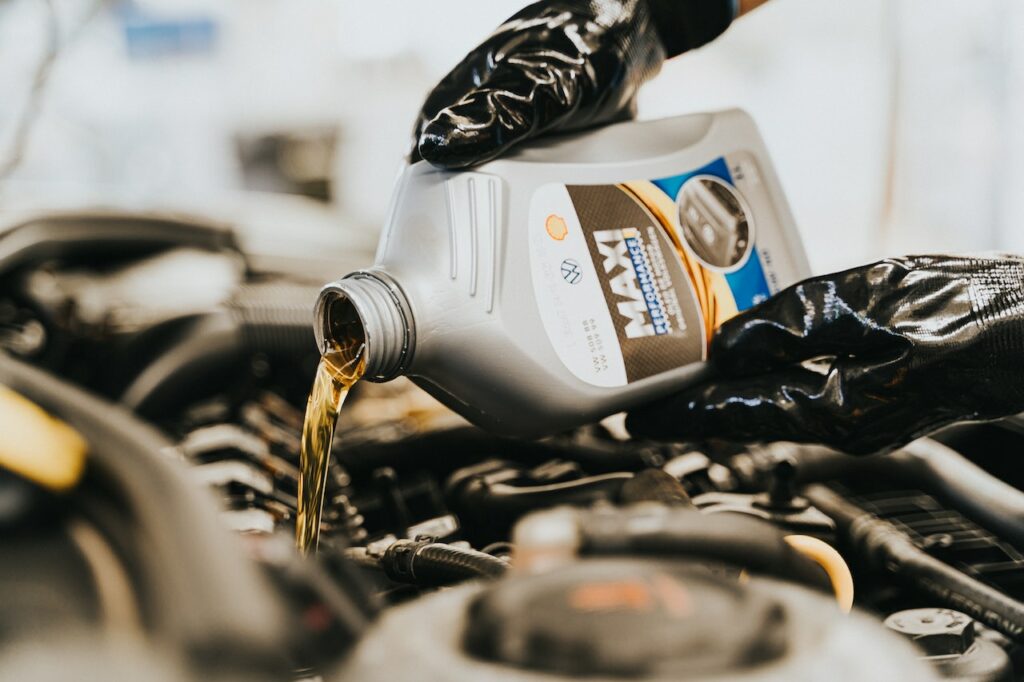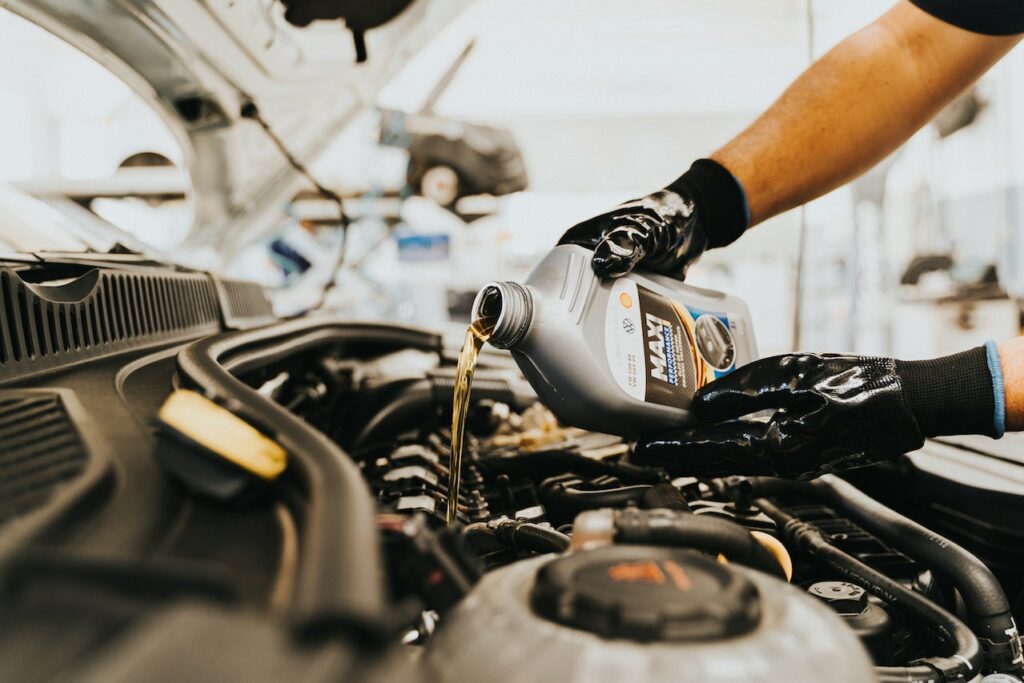Table of Contents
ToggleCan You Use 10w-40 Instead of 5w-30
Are you wondering if you can use 10W-40 instead of 5W-30 in your vehicle’s engine? It’s a common question among car owners, and the answer depends on various factors. Generally speaking, the numbers in the oil viscosity rating represent its flowability at different temperatures. The “W” stands for winter, while the numbers before and after it indicate the oil’s viscosity at low and high temperatures respectively.
While both 10W-40 and 5W-30 are multi-viscosity oils suitable for a wide range of temperatures, there are some differences to consider. The first number (e.g., 10W or 5W) indicates how easily the oil flows when cold, with lower numbers being better for colder climates. The second number (e.g., 40 or 30) represents the oil’s resistance to thinning at high operating temperatures.
Difference Between 10W-40 and 5W-30
When it comes to motor oil, understanding the difference between different viscosity grades is crucial. One common question that arises is whether you can use 10W-40 instead of 5W-30 in your vehicle. Let’s dive into the dissimilarities between these two popular motor oil options.
Viscosity refers to a fluid’s resistance to flow, particularly at different temperatures. The “W” in the viscosity grade stands for winter, indicating how well the oil performs in cold weather conditions. The number preceding the “W” represents how thin or thick the oil is at low temperatures compared to a reference oil.
In the case of 5W-30, it means that this oil has a lower viscosity when cold (at startup) compared to 10W-40. This allows for easier engine starts and better protection during colder months or in regions with frigid climates. On the other hand, 10W-40 has a slightly higher viscosity when cold but provides better protection against heat and heavy loads at higher temperatures.
The choice between using 10W-40 instead of 5W-30 depends on various factors such as your vehicle’s manufacturer recommendations, climate conditions, and driving habits. It’s essential to consult your owner’s manual or contact your vehicle manufacturer directly for specific guidelines on which viscosity grade is suitable for your car.
Here are some key points to consider:
- Manufacturer Recommendations: Car manufacturers typically recommend specific motor oil viscosities based on their engine design and performance requirements. Always follow these recommendations for optimal engine performance and longevity.
- Climate Conditions: If you live in an area with extreme temperature variations throughout the year, choosing an appropriate motor oil becomes even more critical. Cold weather calls for oils with lower viscosities like 5W-30 to ensure proper lubrication during start-up, while hotter climates may benefit from the added protection of 10W-40.
- Driving Habits: If you frequently engage in demanding driving conditions such as towing, hauling heavy loads, or sustained high-speed driving, using a higher viscosity oil like 10W-40 might be more suitable to provide better protection against heat and wear.
In conclusion, while it is possible to use 10W-40 instead of 5W-30 in certain scenarios, it’s vital to consider the manufacturer’s recommendations, climate conditions, and your specific driving habits. Ultimately, choosing the right motor oil can help optimize engine performance and ensure longevity for your vehicle.

Engine Compatibility with Different Oil Grades
When it comes to choosing the right oil for your engine, understanding the compatibility of different oil grades is crucial. One common question that arises is whether you can use 10w-40 instead of 5w-30. Let’s delve into this topic and shed some light on engine compatibility with different oil grades.
Firstly, it’s important to understand what those numbers actually mean. The numbers before the “W” (which stands for winter) indicate the viscosity rating of the oil when cold, while the numbers after the “W” represent its viscosity at operating temperatures. In simpler terms, lower numbers denote thinner oils that flow more easily in cold weather, while higher numbers indicate thicker oils that offer better protection at high temperatures.
Now, back to our original question: Can you use 10w-40 instead of 5w-30? While both are multi-grade oils commonly used in vehicles, they have slightly different viscosities. Generally speaking, using a heavier grade like 10w-40 instead of a lighter grade such as 5w-30 shouldn’t cause any significant issues if done occasionally or in emergency situations. However, it’s always best to follow your vehicle manufacturer’s recommendations for optimal performance and longevity.
It’s worth noting that newer engines are designed with specific tolerances and requirements that may necessitate using a particular oil grade for optimal performance and fuel efficiency. Deviating from these recommendations could potentially lead to increased wear and tear on engine components over time.
In summary, while you technically can use 10w-40 instead of 5w-30 in certain situations without immediate consequences, it’s generally advisable to stick to your vehicle manufacturer’s specifications. Regularly checking your owner’s manual or consulting with a trusted mechanic will help ensure you’re making informed decisions about which oil grade is best suited for your engine.

